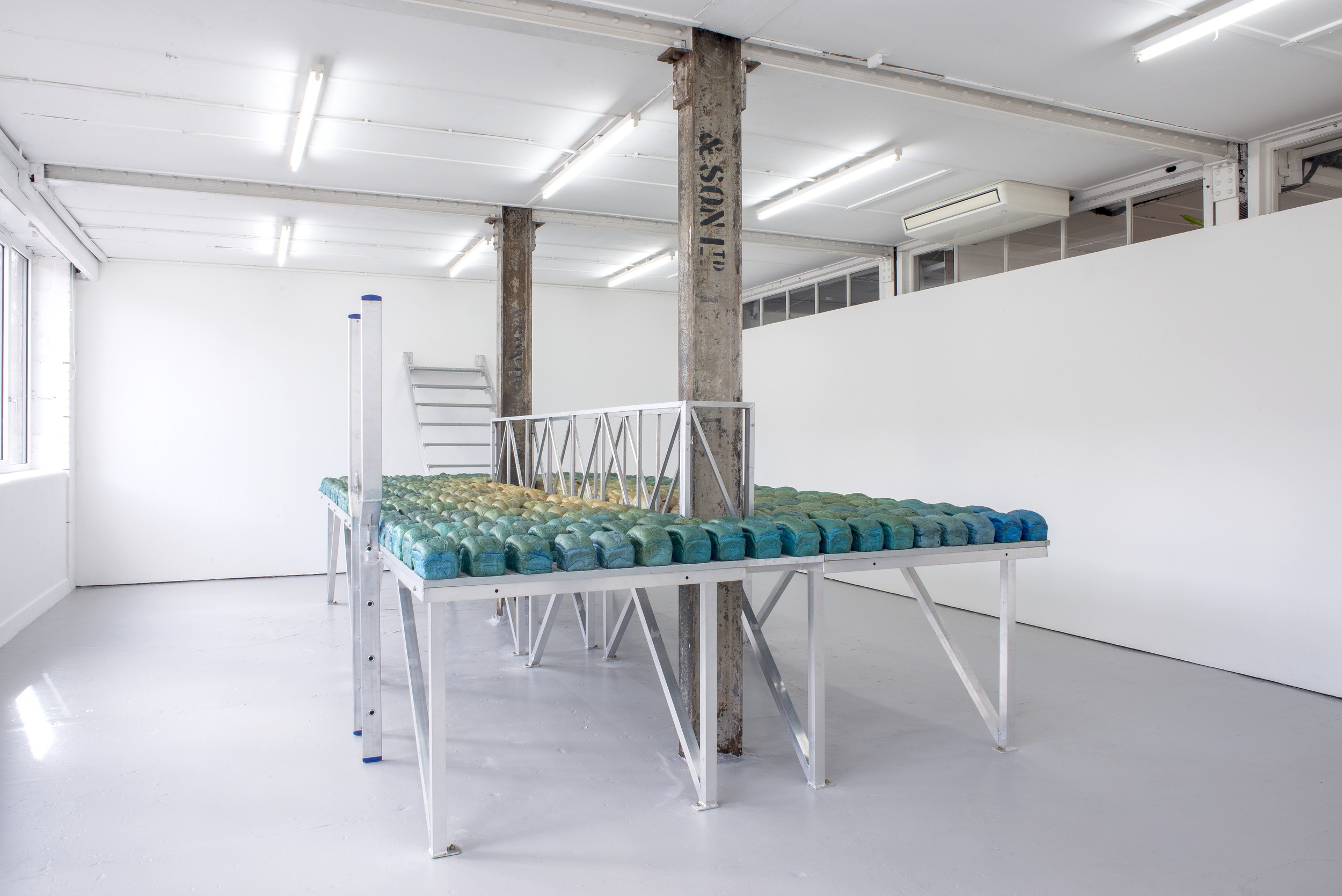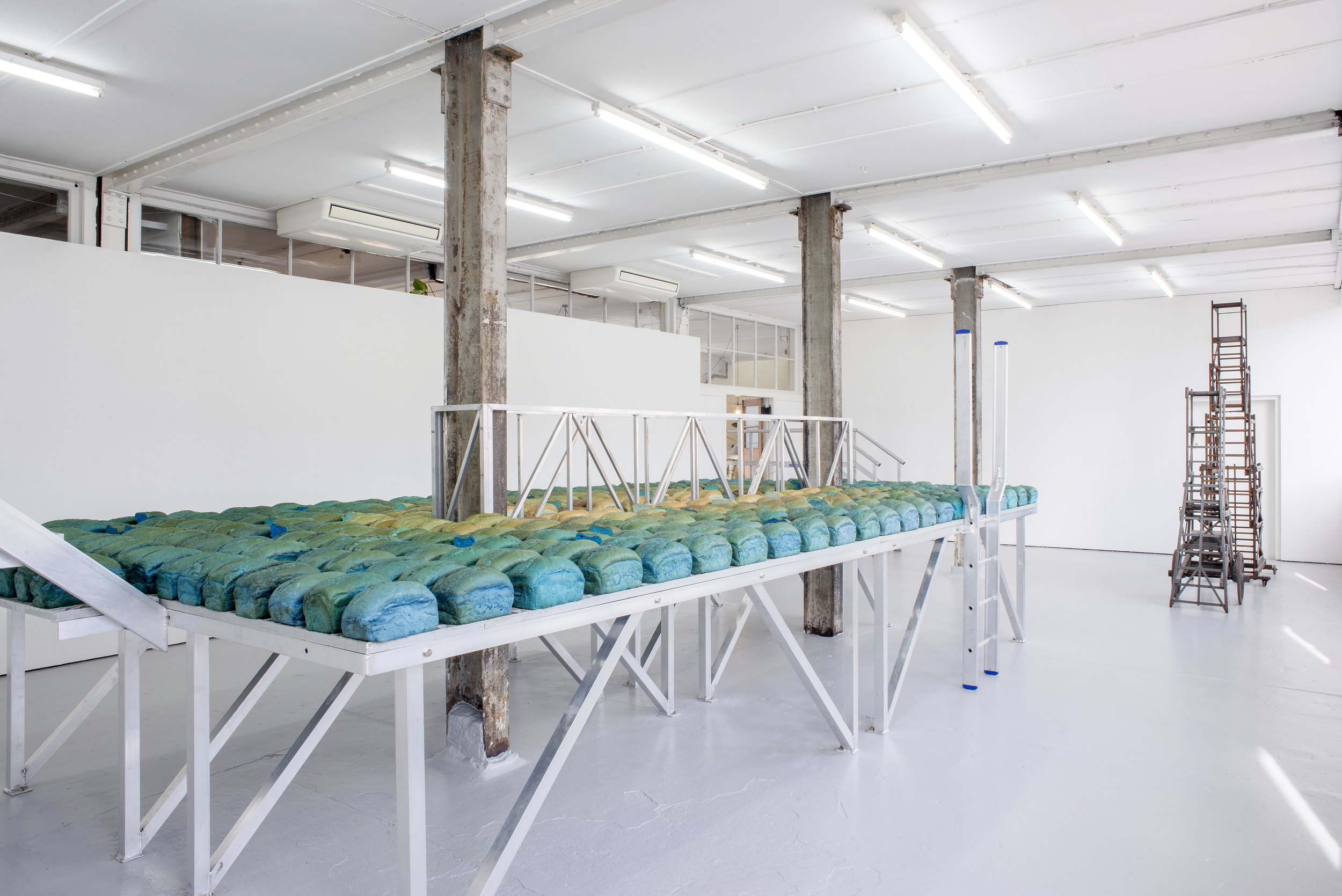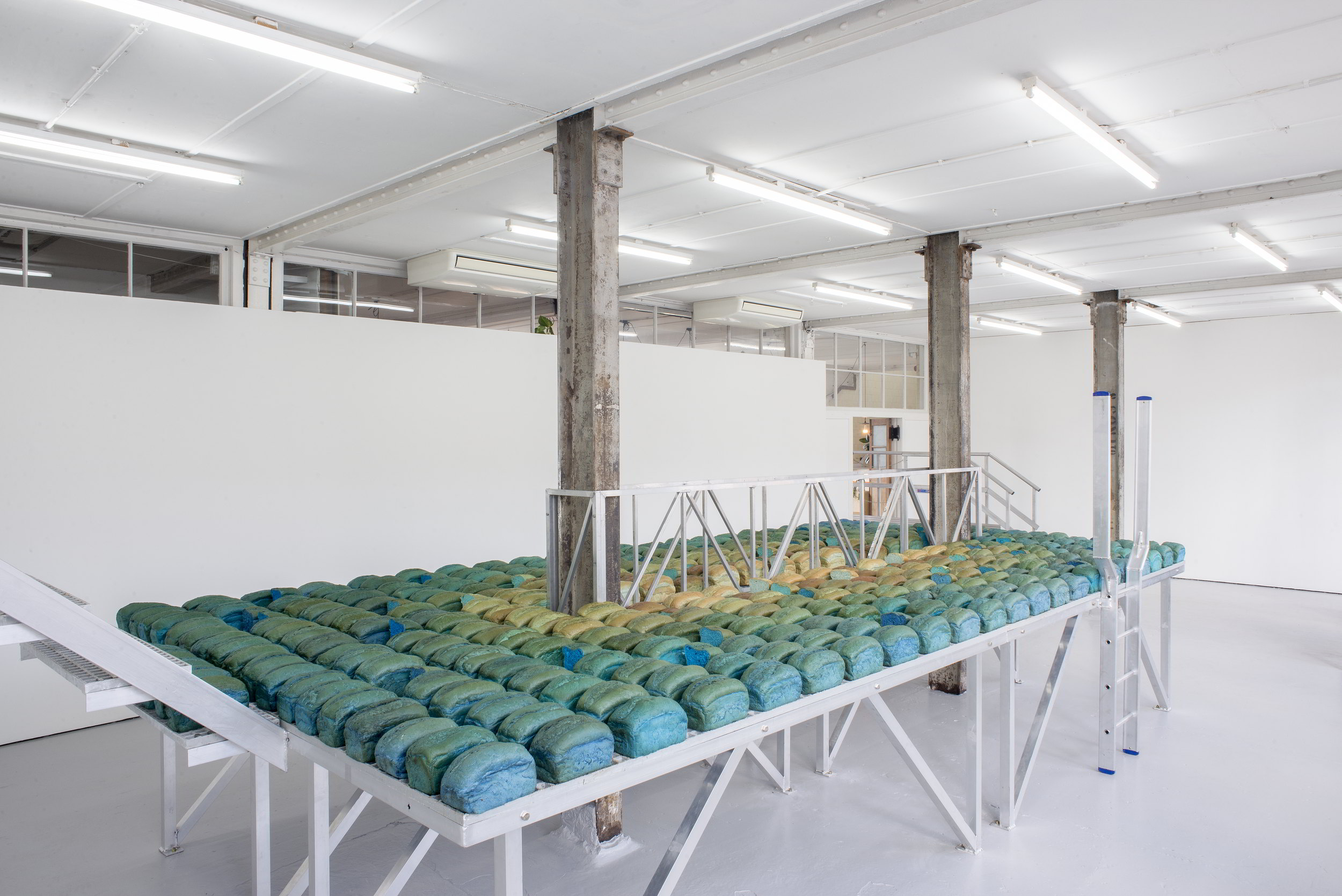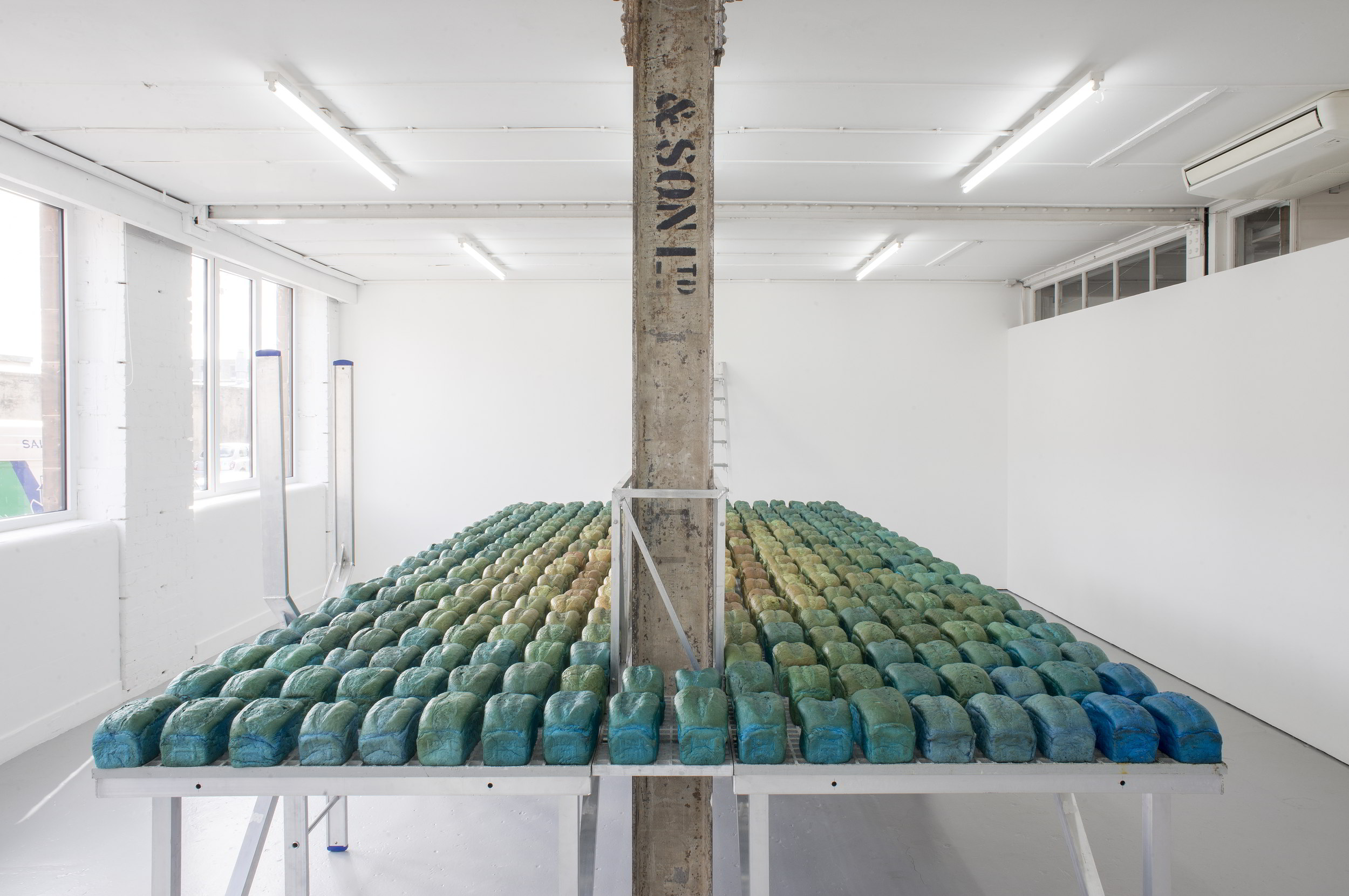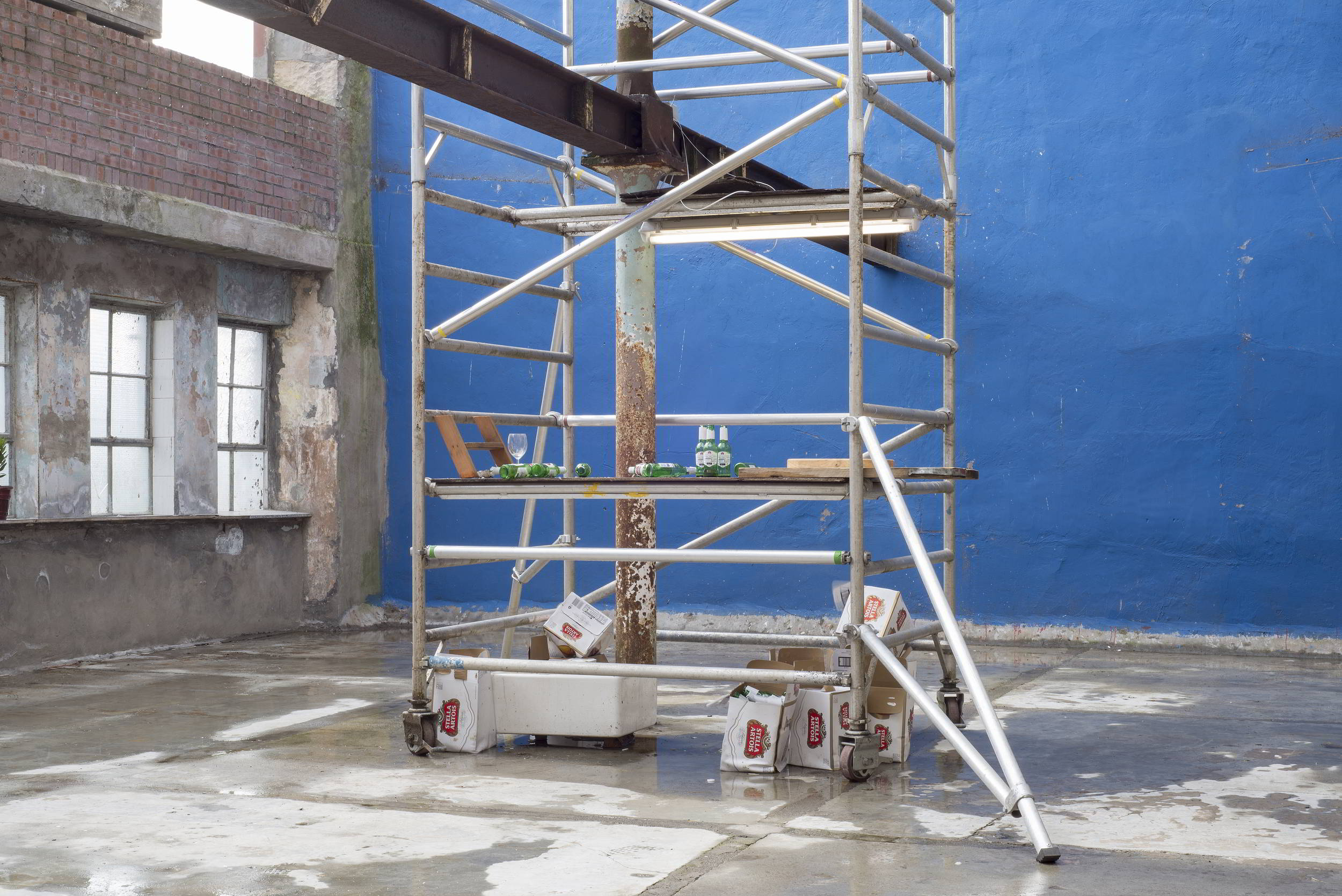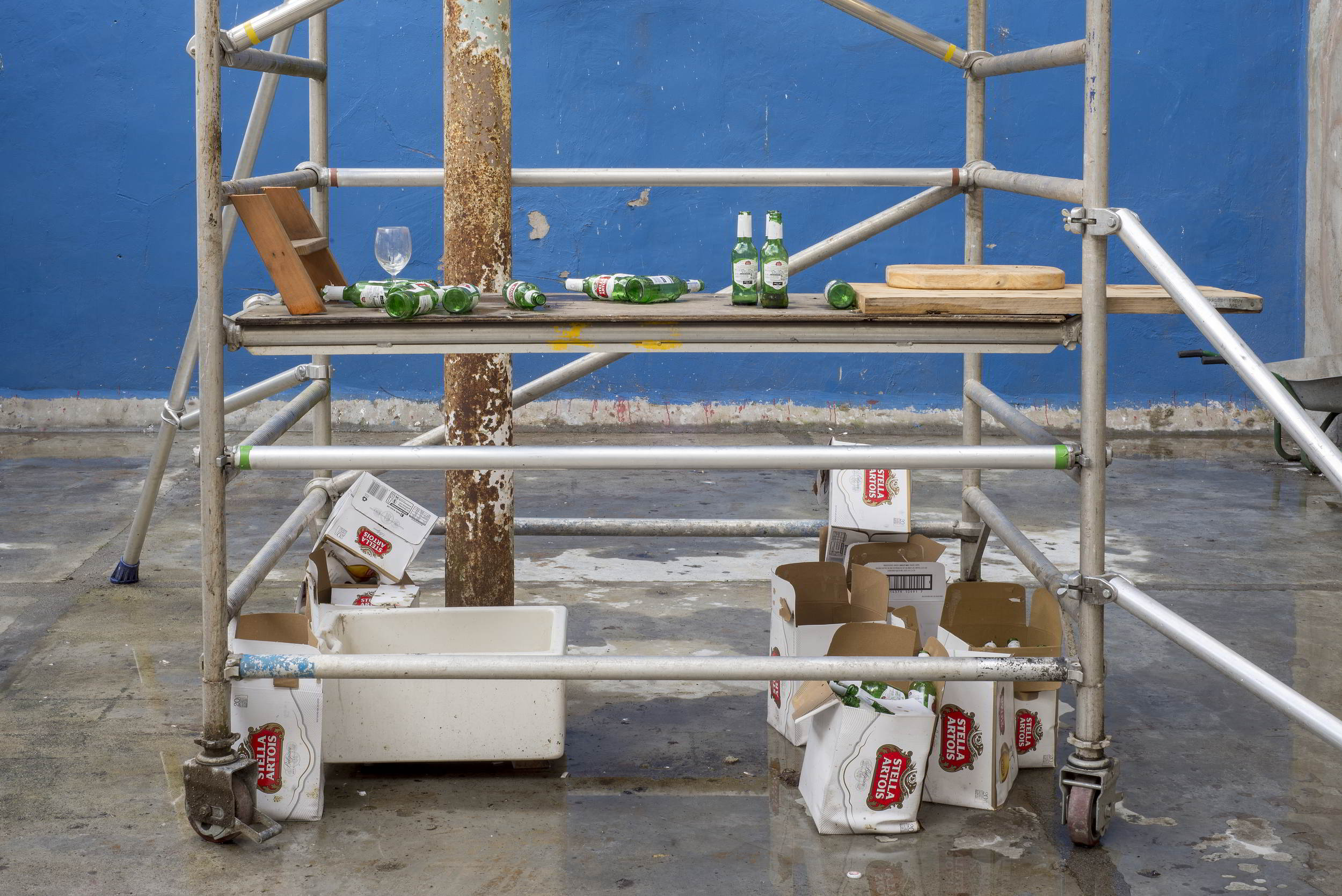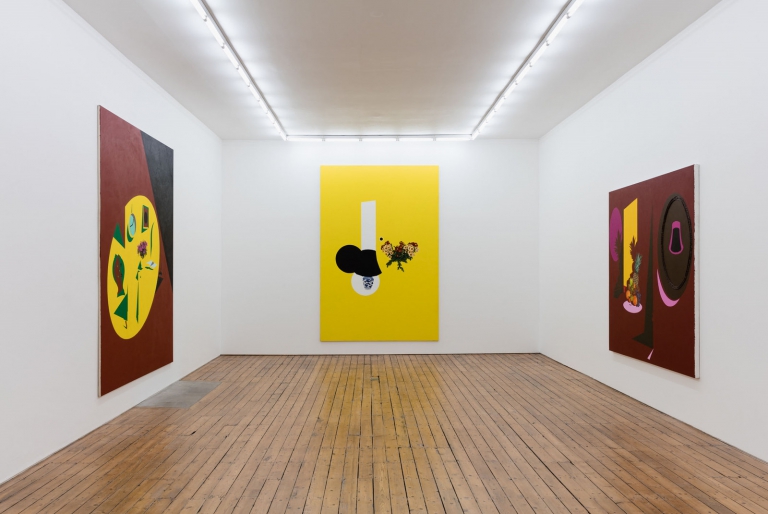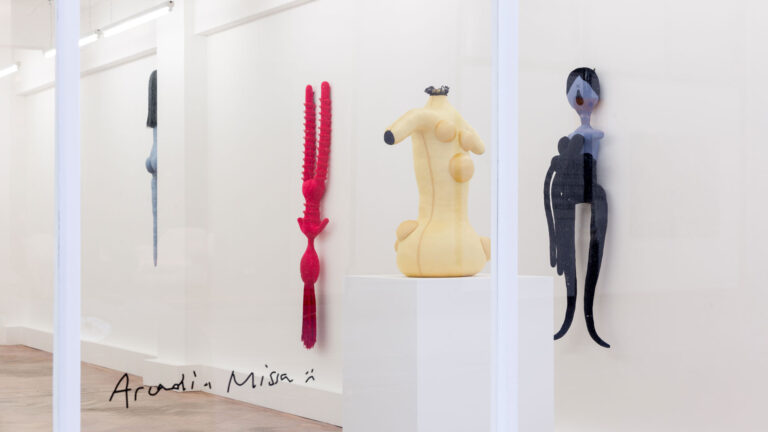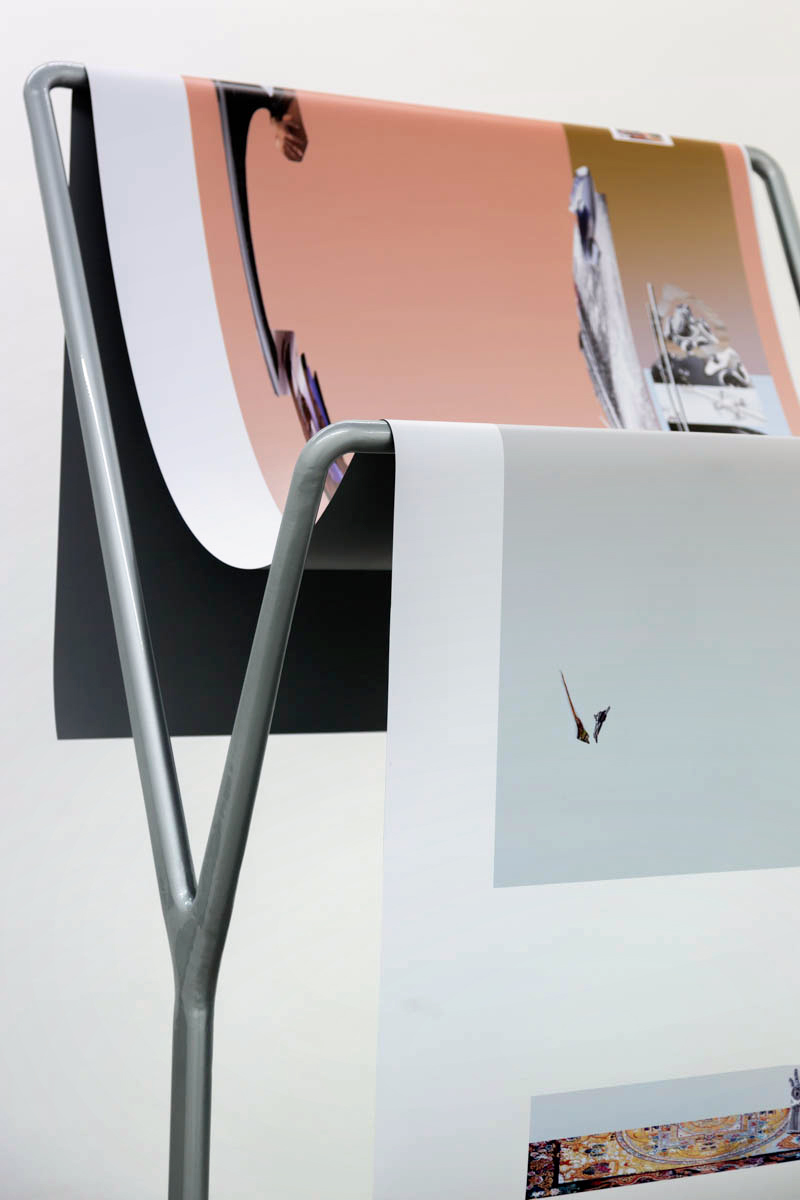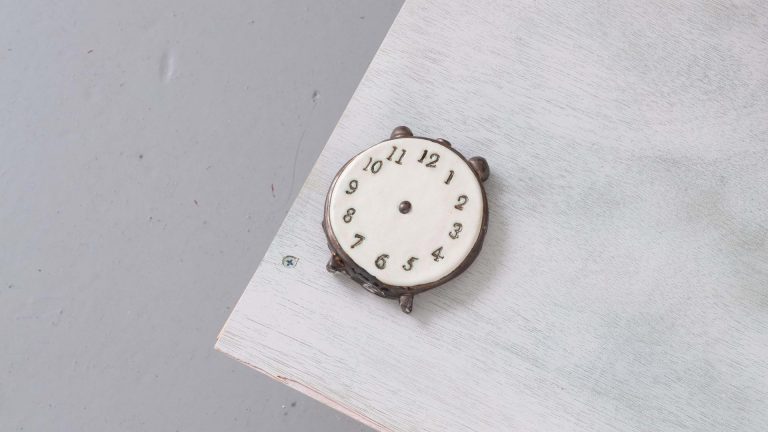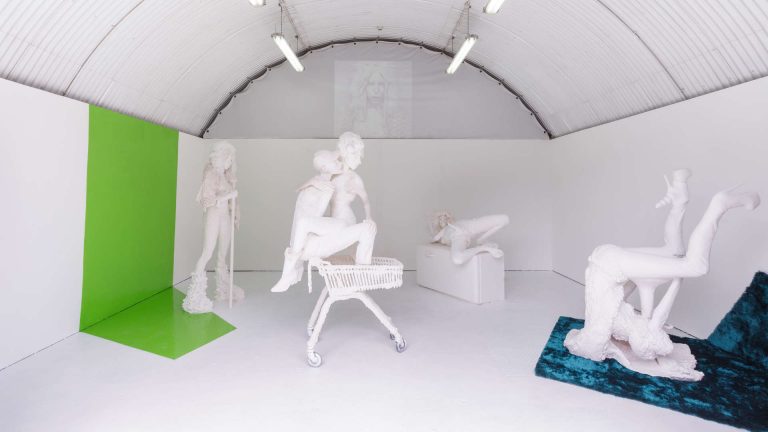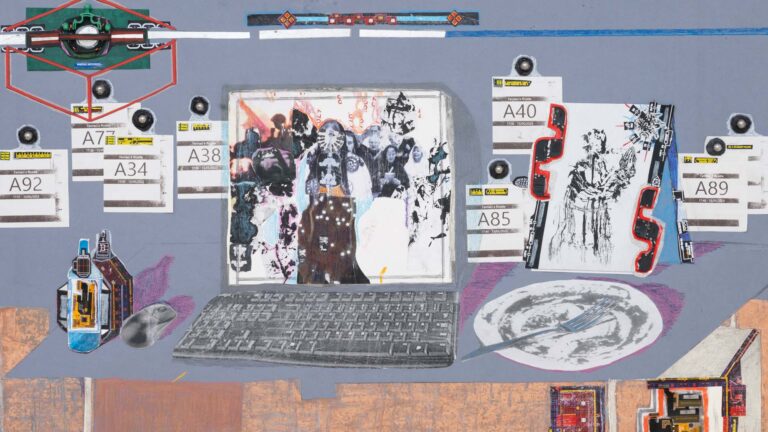Artist: Augustas Serapinas
Exhibition title: Blur Pen
Venue: David Dale Gallery, Glasgow, UK
Date: April 20 – May 26, 2018
Photography: all images copyright and courtesy of the artist and David Dale Gallery, Glasgow
All works have been made in collaboration with Clow Group Ltd., 185 Broad St, Glasgow, G40 2QR.
Supported by Glasgow International, Creative Scotland and the Lithuanian Culture Institute.
Augustas Serapinas’ practice begins from an empathetic consideration of the people who create and constitute the organisations and structures within which we work. Through engaging with the innocuous and overlooked details that build to define a life, Serapinas uses his studies of personal domestic situations and relationships as an insight to broader institutional working. Through reimagining and restaging in between spaces – the private area of a public building, Serapinas complicates and problematises the assumptions that are attached to them, not only within art institutions, but the broader infrastructural context that they operate within. Serapinas’ practice considers both the structure and function of the art institution and the architectural manifestation that enables this. Within previous projects, Serapinas has offered the host organisation itself for display in a gesture that complicates the institution’s normal function and exposes it as an enigmatic structure that belies its openness.
Interested in relational and non-material practices, Serapinas interrogates spatiality as a means of exploring the notion of the encounter – as opportunity, act or phenomenon – and its implications for processes of identity-formation. In revealing previously undisclosed, overlooked or unoccupied spaces as curious intermediaries that, in their revelation, assume new purposes and functionality, the viewer is encouraged to consider new possibilities of identifying themself in relation to those who also populate these areas.
For his exhibition, Blue Pen, at David Dale Gallery, Glasgow, Serapinas has employed this approach to consider the organisation as defined by the relationship it has with its neighbor, Clow Group Ltd. Clow Group Ltd have been a family run business on Broad Street for over one hundred years, and situated next to David Dale Gallery’s building for over the past forty years. The business, who’s company colours are RAL 5017 (a blue) which can be seen on most of their products and their building are Royal Warrant holders since 2008. David Dale Gallery rent our current premises from Clow Group Ltd, and have done so for almost six years. Over this period of time the organisations have briefly worked together in various instances, primarily in the context of landlord and tenant. This is the first time that we have commissioned work to be fabricated by Clow for our organisation.
The opportunity to do so, arose fortuitously, as these things can do. Around the time that Augustas was becoming interested in focusing the exhibition on Clow, a request came through from Douglas, the Chairman of the group and third generation. He asked that we accommodate a model railway club, that he was a member of, in part of one of our buildings. By being amenable to this, we had access to Douglas’ forty years experience, and the goodwill of the company to push the project a little further than may have been previously possible. In some ways, these micro-transactions are a footnote to the exhibition, not works but not separate either.
At the core of this exhibition is the joining together of two practices, developing a relationship through production and an exchange. The exchange, based on necessity, brings together the separate logics, approaches and procedures of two neighbours and joins them together in a joint production. The process of producing the works started from a reinterpretation of existing practices by Serapinas to create the original designs. These designs were then reconfigured into the normal standard working of Clow and produced by them, to then be returned to David Dale Gallery and presented as artworks, and not solely the practical objects they would normally be considered as. Throughout this process there is a transfer of logic, from the artist deferring to the fabricator elements of the design and production, and for the artist and his organisation to articulate to the fabricator that the objects will have a purpose and consideration separate to the elevation of people from one surface to another – which the objects also function as.
The idea that underpins this collaboration, is to illustrate how one organisation’s relationships can define them, and how the interdependencies of these organisations offers a greater insight into their own working practices. Central to this process is the understanding, that there is no hierarchy or separation between the industries being performed within these two neighbouring businesses, and that they both mutually depend on the other and benefit from this exchange. The organisations exist in parallel states, yet not in isolation.
An initial staging point for the development of this project was learning that Clow didn’t retain any archive for projects prior to around 1992. For a company that has only moved 300 metres in over 100 years, this seemed surprising. However, that we were able then to rely on the remembered history of staff who had been with the company their whole life, and have these projects retold with anecdotes and secondary information – this made the process much more productive than looking at past project drawings. As much as organisations are not isolated, organisations are not anything without the people who craft and develop them at every level. It seems correct then, that this insight to a company was led by a personal oral history.
Through a process of interviews with staff at Clow, David Dale Gallery and Serapinas collated a collection of memories about past projects. What was the first major project they worked on, a particularly unusual one, one which went wrong etc. The process for the works in the exhibition was to take and interpret these memories, and for Serapinas to then create sketches of objects that represented them. The objects were not intended to directly mimic particular historical pieces, or only follow from one story, but to draw on multiple personal histories. These memories were then finalised as drawings by Clow’s draughtsman before being produced by them. There are two of these custom produced works in the exhibition, which are supplemented by older existing pieces from Clow, and working stock from their factory.
One story that was told during these interviews was that forty years ago Clow produced a gantry and access system for a commercial bakery. These inspection platforms were placed to go over the large industrial mixing bowls, which is used in producing the dough. Upon completion, an engineer from Clow visited the factory to inspect the platforms. Intrigued by the process occurring below, the engineer leaned over the handrail to look into the mixing bowls. Upon leaning over the handrail, a blue pen which was in his breast pocket fell out and into the bowl. Clow had to pay for the equivalent ten thousand blue loaves, and weren’t invited to produce more work for the bakery.
Augustas Serapinas lives and works in Vilnius, Lithuania. Recent solo projects include: Sigi, Kunsthalle Wien, Vienna, Austria (2017); Four Sheds, Fogo Island Arts, Newfoundland, Canada (2016); Housewarming, Emalin, London, UK (2016), Dusting the Grounds, DRAF, London, UK (2016), Philip, Lukas & Isidora, SALTS, Basel, Switzerland (2015). Serapinas has forthcoming exhibitions this year at Baltic Triennial 13, Riga Biennial (RIBOCA) and GAK Bremen.



